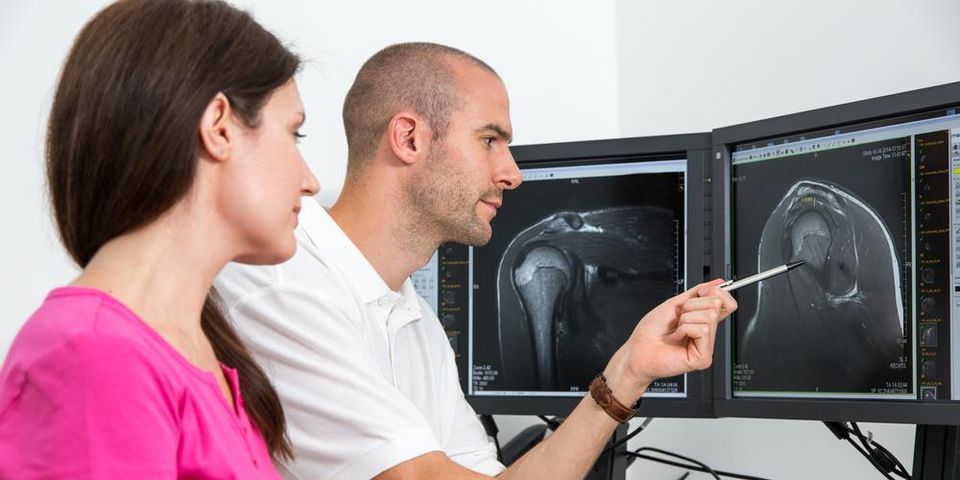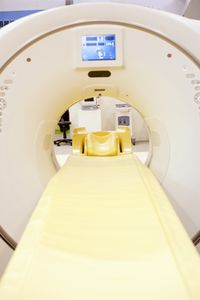
Fluoroscopy is a type of radiology that allows doctors to see a patient’s internal organs or systems in real time. If you’re scheduled for this type of X-ray, you may have many questions about the process. Here, the staff at Hudson Valley Imaging in New Windsor and Monroe, NY, share a brief guide to this imaging.
4 FAQs About Fluoroscopy Imaging
What Is It Used For?
Fluoroscopy can be used in biopsies, barium X-rays, placing IV catheters, arthrography (images of joints), and cardiac catheterization. It may be used alone for diagnostic purposes or in conjunction with other tools or procedures. Doctors use it when they require a “working” image of the system or body part, rather than a static X-ray.
What Types of Exams Might Use Fluoroscopy X-rays?
The exams that use this include barium enemas or swallows, lumbar punctures, gastrointestinal or small bowel series, myelograms, interventional radiology, or neuroradiology procedures. Your doctor will give you preparatory instructions specific to the procedure you are having.
What Is the Procedure Like?
 You’ll wear a gown or remove clothing or jewelry from the area the radiologist is looking at. You may receive a contrast substance through an IV, an enema, or the mouth, such as in a Barium swallow. You will be positioned on the X-ray table, but may need to shift positions, depending on the procedure. You’ll need to move specific body parts or hold your breath at directed times. A catheter may be inserted if the process requires it. Fluoroscopy isn’t painful, although your specific procedure may require local or general anesthesia.
You’ll wear a gown or remove clothing or jewelry from the area the radiologist is looking at. You may receive a contrast substance through an IV, an enema, or the mouth, such as in a Barium swallow. You will be positioned on the X-ray table, but may need to shift positions, depending on the procedure. You’ll need to move specific body parts or hold your breath at directed times. A catheter may be inserted if the process requires it. Fluoroscopy isn’t painful, although your specific procedure may require local or general anesthesia.
What Happens Afterwards?
Recovery and after-care vary with each procedure. For more involved processes, such as cardiac catheterization, recovery time may be several hours. For a Barium enema or swallow, you could go home right away. You will also receive specific after-care and follow-up instructions. If you have any physical symptoms afterwards, such as pain, swelling, or redness at the IV site, inform your doctor immediately.
To learn more about this procedure, contact Hudson Valley Imaging in Orange County. They offer this type of imaging, as well as CT/PET scans, mammography, biopsies, traditional X-rays, and MRIs. Visit their website for a full range of services or call (845) 220-2222 to make an appointment
About the Business
(21 reviews)
Have a question? Ask the experts!
Send your question

